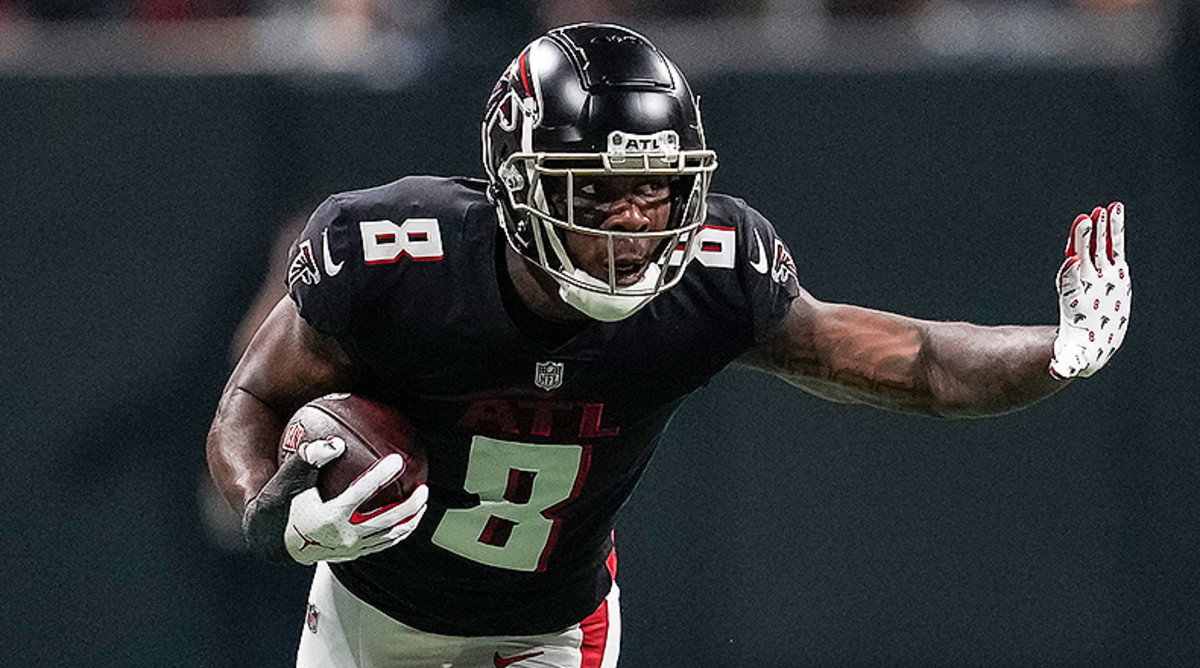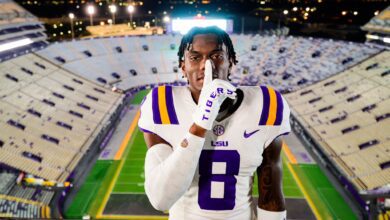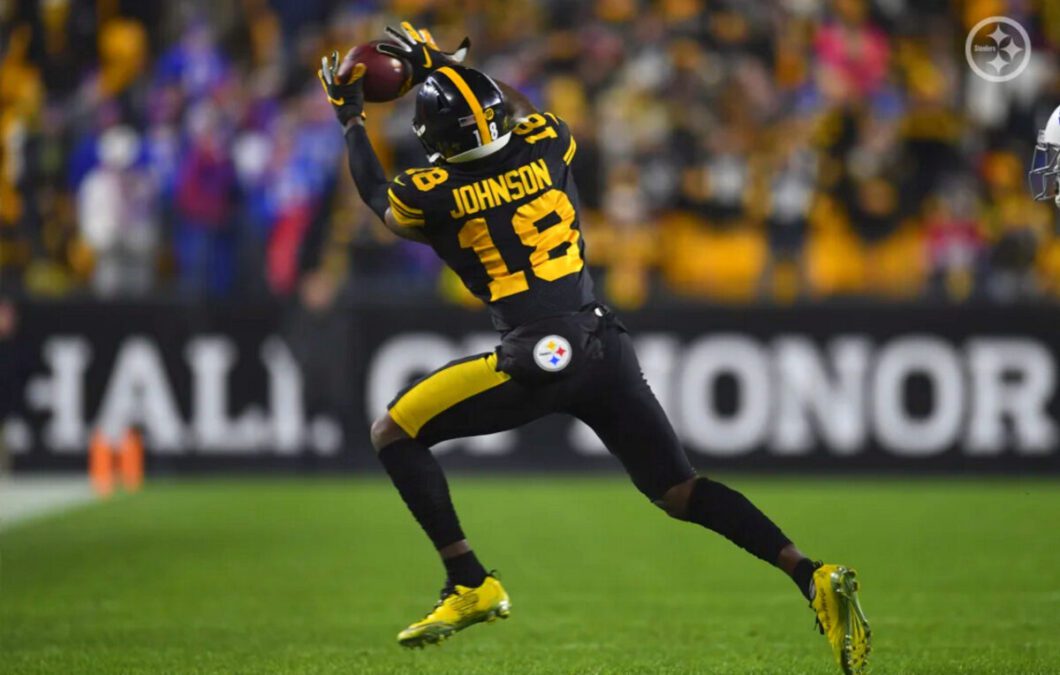
The NBA Draft Lottery first went into effect in 1985 and was later modified in 1990 to what we know today. Pre-1985, the top pick in the draft was determined by a coin flip between the two worst teams in each conference, with the winner getting the first pick, the loser the second, while the rest of the teams would go in reverse order of their win/loss records. The Draft Lottery was born after some controversy over accusations that teams were tanking their seasons to obtain the first overall pick. Without getting into the boring details, the thought behind the lottery was to give all the non-playoff teams a shot at one of the top three picks in the draft. This was to help promote a competitive balance by discouraging tanking and was supposed to help make the league less top-heavy.
A short 31 years after the lottery was first introduced the system has failed. The top pick in the NBA draft is the single biggest franchise changer there is, more so than in any other team sport, so needless to say, teams will do whatever they can for even a chance at the top pick. The current lottery system is weighted to give the team with the worst record the highest chance to win the No. 1 spot, and conversely, the team with the best overall record to not make the playoffs the lowest chance of winning. It is because of this weighted system that teams still feel the need to tank to get the highest chance at that coveted top spot. So yes, the exact reason the lottery was first created has come back to rear its ugly head again — tanking.
I’m not going to address the morality of a professional sports team throwing away entire seasons for the chance to land the next LeBron James. No, that topic will be for another day. Instead, I’m going to offer up an alternative to making the system better and accomplish what it was originally intended to do. Spread the wealth equally, and as fairly as possible, while not promoting strategic losing to improve one’s draft position.
The first thing I want to discuss is the criteria in which a team becomes eligible for lottery in the first place. As I mentioned above, currently only the non-playoff teams get any ping-pong balls in the hopper and that has to change.

Why?
Simple. We have been crowning an NBA champion since 1950. My quick math tells me the winner of this year’s 2016 Finals will be the 66th champion in the history of the NBA. Does anyone want to guess how many teams lower than a three seed even made it to the NBA Finals in those 66 years?
Three.
That’s right, three teams in the 66 years have made it to the NBA Finals as a four seed or lower (’69 Celtics as a 4 seed, the ’78 Supersonics as a 4 seed, and the ’95 Rockets as a 6 seed), and I’m not even talking about winning a championship but just making it to the Finals. As I write this, I know the 66th champion in 2016 will not be a four seed or lower as all of the lower seeds have already been eliminated from this years playoffs.
So what does this have to do with the lottery?
Let me explain.
If you’re sitting at the seventh or eighth spot in the NBA playoffs going into the month of March, as a team you have three options 1) Play markedly better than you have up to that point in the season — with nearly two-thirds already in the books — and move up to a three seed or better. 2) Continue to play at the level you have, get knocked out in the first round, end up with a lower pick and use it to draft a role player. Or, 3) You tank your season to try to get enough ping pong balls to land that franchise changing player.
Option 1 is highly unlikely, option 2 is what the fans and the NBA brass want teams to do, but option 3 has become the trend. And that is a problem.
Love our content? Check out the GoingFor2 Live Podcast Network!
That leads me to my first change to the NBA Draft Lottery.
Include every team that does not secure home-court advantage in the playoffs
In other words, only the top four teams in each conference will not be in the draft lottery –at least initially — but more on that later. Doing this would make the decision to “make the playoffs” or “tank to get a better pick” a little less cut and dry. With this change, making the playoffs does not automatically eliminate you from getting a good draft pick.
Now there is the thought that a team might “tank” a few games to slip from a top four seed to a lower seed to still get the lottery pick, but to do it they would be giving up home-court advantage in the playoffs. Teams might still decide to take that route, but at least in this scenario they are giving up something that could hurt the team, especially if they don’t end up winning the No. 1 draft pick.
Now that change alone won’t fix everything. Non-playoff teams might still tank in order to get a better shot at the top spot due to the weighted system that is currently in place. That’s where the next change comes into play.
Make the odds of getting the top pick the same for every team
“Say what?”
Hear me out.
If everyone had an equal shot at getting one of the top three spots, there is zero reason to try to be the worst team in the NBA. Zero. In fact, there would be more reasons than ever to win games and at least sneak into the playoffs as an 8-seed. Because, as an eight seed, (or any seed lower than four) you have a chance to win an NBA title just by being in the playoffs, even as an unlikely scenario as that may be, there is still that chance a team could buck the trend and win it all. The more likely scenario where a team gets bounced out in the first round, they still get an equal shot at one of the top three lottery picks.
Now I know what your next question is, “Well, what if a lottery team gets lucky multiple times and ends up with two or three top picks in consecutive years. How is that fair?”
I have a solution for that too.
Institute a “grace period” for the winners of the Draft Lottery
After a team wins one of the top three spots in any given year, they are not eligible to win a top pick for the next three years.
Why three years?
Making the grace period three years coincides with the player’s three-year rookie contract (if you include the team option to pick up the third year). They get their top pick and now have him for the next three years to see him blossom into the superstar they envisioned him to be — or at least they hope he does. This three-year period eliminates the possibility of a team winning back to back lotteries out of sheer luck.
Now, I mentioned earlier that only initially would there be eight teams left out of the lottery (the top four teams in each conference). The second draft, with the grace period in effect, the three teams that drafted in the top three spots the previous year would not be eligible for the lottery. That would bring the total number of exempt teams to 11 — the eight top seeds and the three grace period teams. For the third draft, the number of exempt teams would reach 14 and finally for the forth draft (the final year for the first grace period teams) the exempt number would reach 17, leaving 13 teams in the lottery — which is one fewer than the current lottery system. After that, each year three teams would drop off from the grace period, leaving a rolling 13 teams in the lottery.
Draft Lotto Grace Period Explained
| Exempt Teams | Lotto Teams | |
|---|---|---|
| The First Draft | Top 8 teams in the playoffs (8) | All 22 other teams |
| The First Grace Period Draft | Top 8 teams in the playoffs and 3 exempt teams from last year (11) | The other 19 teams |
| The Second Grace Period Draft | Top 8 teams in the playoffs, the 3 exempt teams from the first draft plus the 3 exempt teams from last year (14) | The other 16 teams |
| The Third Grace Period Draft | Top 8 teams in the playoffs, the 3 exempt teams from the first draft plus the 3 exempt teams from the first grace period draft, and the three exempt teams from last year (17) | The other 13 teams |
| The Fifth Draft | The teams from the first draft fall off the grace period and are eligible for the draft if they do not end the season as a top 8 seed in the playoffs |
Of course, there are some scenarios where the number of teams would be more than 13. One such scenario is if one of the winning lottery teams, while still in the grace period, becomes a top four seed. In this case, a former top four seed would be pushed back into the lottery raising the number of teams by one.
My assumption is there would never be fewer than 13 teams but no more than 16 teams each year. Not too far off from where it is now. The NBA could also institute some exceptions to the grace period for a player having a career ending injury or being traded before the three-year grace period is over. In these cases, the team would be allowed to take part in the lottery again.
On the opposite side of the coin, there would have to be provisions made in the unlikely event a low seeded team wins a championship. Obviously, they should not be awarded a lottery pick simply because they went into the playoffs as a low seed. In fact, I would propose that neither of the Finals participants be eligible for the draft regardless of what seed they were going into the playoffs.
This would effectively end a rampant trend in the NBA of tanking and rendering some games completely unwatchable, while also taking the sting out of getting swept in the first round as an over-matched eight seed since they would still get a chance to land a top pick. Under my system, you have everything to gain by winning and nothing to lose if you win “too many”. Tanking would be effectively squashed.
I’m sure there are some flaws in my logic. I’d love to hear your opinions. You can comment on this article below or you can follow me on twitter @geofflambert77.
[wysija_form id=”1″]
ATTN Dynasty Commissioners: Do you want to do something cool for your league? How about a 1-hour live show dedicated to YOUR league? Team-by-team breakdowns, rankings, and more. For details and to book a show, visit: GoingFor2.com/plp.






